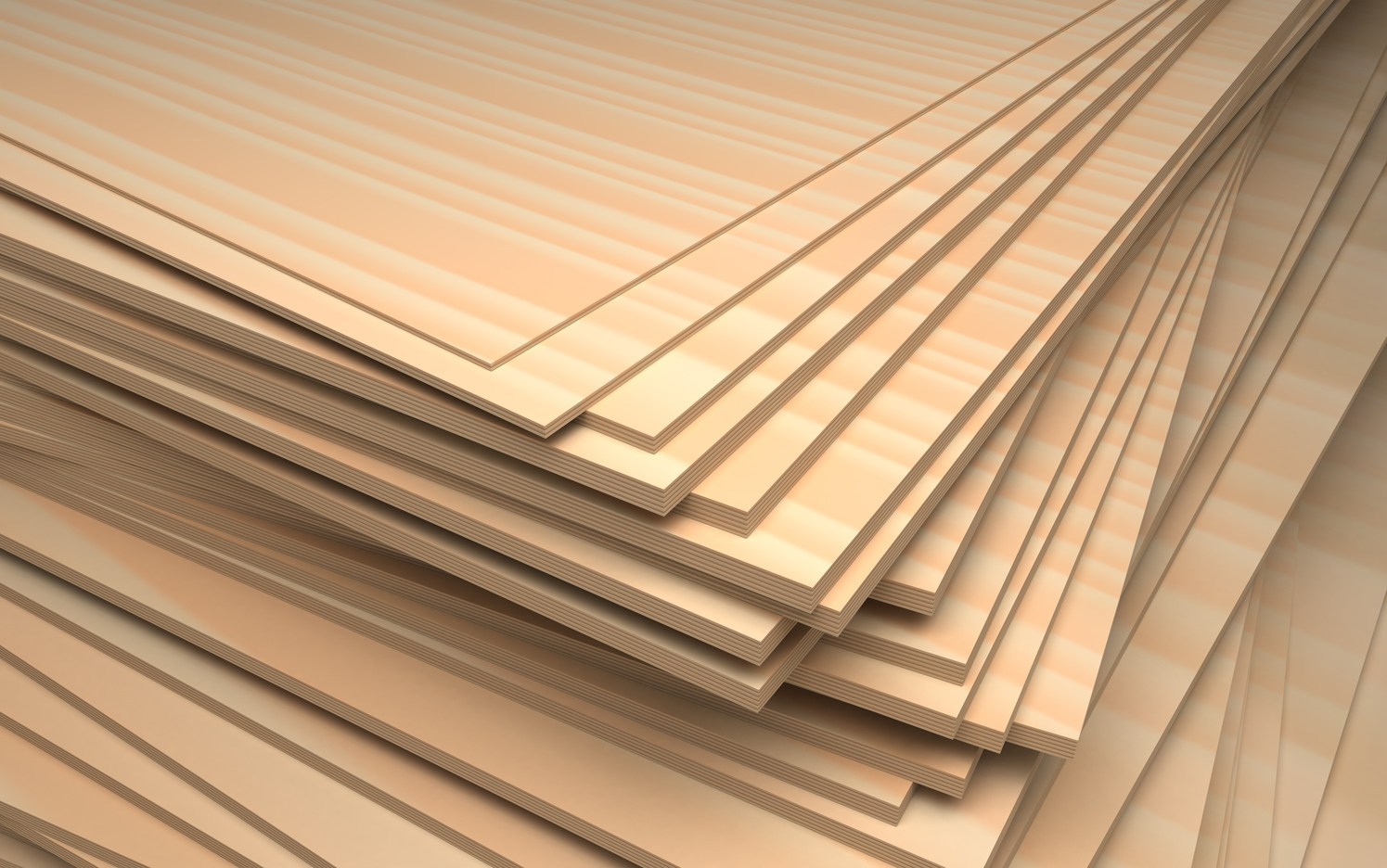Are you in the market for new furniture? When it comes to selecting the best material for your furniture, wood sheets are an ideal choice. Wood sheets offer a unique combination of durability, natural aesthetics, and design versatility that make them a popular option among furniture manufacturers and consumers alike.
In this blog post, we will explore the many advantages of using wood sheets for furniture, discuss their cost-effectiveness, sustainability, ease of processing, customisation options, maintenance, and factors to consider when choosing wood sheets. We will also delve into common applications of wood sheets in furniture making, address potential limitations, and provide practical tips for working with wood sheets effectively.
So, if you are curious about why wood sheets are ideal for furniture, keep reading!

- What Are Wood Sheets?
Wood sheets, also known as plywood or engineered wood, are composite materials made from layers of thin wood veneer glued together. These layers are stacked in alternating grain directions, which enhances the strength and stability of the final product. Wood sheets come in various thicknesses and sizes, making them suitable for a wide range of furniture applications.
- Types of Wood Used in Wood Sheets
Wood sheets are manufactured using different types of wood, each with its unique characteristics. Some popular wood types used in manufacturing wood sheets include oak, birch, maple, and pine. Oak is known for its durability and strength, making it a popular choice for heavy-duty furniture. Birch and maple offer a smooth and consistent grain pattern, making them ideal for furniture with a natural and sleek appearance. Pine, on the other hand, is often used for more rustic or country-style furniture due to its distinct grain patterns and warm colour.
- Advantages of Using Wood Sheets for Furniture
Now that we have a basic understanding of wood sheets, let's explore the advantages that make them an ideal choice for furniture making.
- a) Durability and Strength: One of the primary advantages of using wood sheets for furniture is their durability and strength. The layered construction of wood sheets provides excellent structural integrity, making them resistant to warping, cracking, and splitting. This durability ensures that furniture made from wood sheets can withstand the test of time, making it a long-term investment.
- b) Natural Aesthetics: Wood sheets offer a natural and timeless aesthetic that is hard to replicate with other materials. The visible wood grain and texture add warmth and character to furniture, creating a welcoming and inviting atmosphere in any space. Whether you prefer a modern or traditional style, wood sheets can be customised to match your design preferences.
- c) Versatility in Design: Wood sheets offer unparalleled versatility when it comes to design options. They can be easily cut, shaped, and moulded into various forms, allowing furniture manufacturers to create unique and innovative designs. Whether you are looking for sleek and minimalist furniture or intricate and ornate pieces, wood sheets can be tailored to meet your specific design requirements.
- Cost-effectiveness of Wood Sheets
In addition to their numerous advantages, wood sheets are also a cost-effective option for furniture production. Compared to solid wood, wood sheets are generally more affordable, making them a budget-friendly choice for both manufacturers and consumers. The layered construction of wood sheets also reduces the amount of wood required, making them a more sustainable and cost-effective alternative.
- Sustainability and Environmental Benefits
In today's world, sustainability is a critical factor to consider when choosing materials for furniture. Wood sheets offer several environmental benefits that make them a sustainable choice.
- a) Renewable Resource: Wood is a renewable resource, meaning it can be replenished over time. Responsible forestry practices ensure that the trees used for wood sheets are harvested sustainably, allowing for natural regeneration and minimising the impact on the environment.
- b) Lower Carbon Footprint: Compared to materials like plastic or metal, wood sheets have a lower carbon footprint. Wood is a natural material that absorbs carbon dioxide from the atmosphere, helping to mitigate climate change. Additionally, the manufacturing process of wood sheets requires less energy compared to other materials, further reducing their environmental impact.
- Ease of Processing and Manufacturing
Wood sheets are incredibly easy to process and manufacture, making them a preferred choice for furniture production. They can be easily cut, drilled, and shaped using standard woodworking tools,






